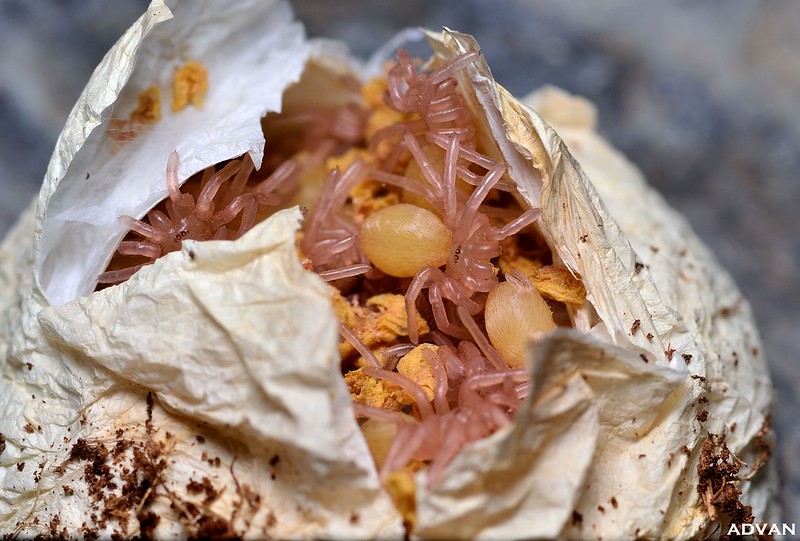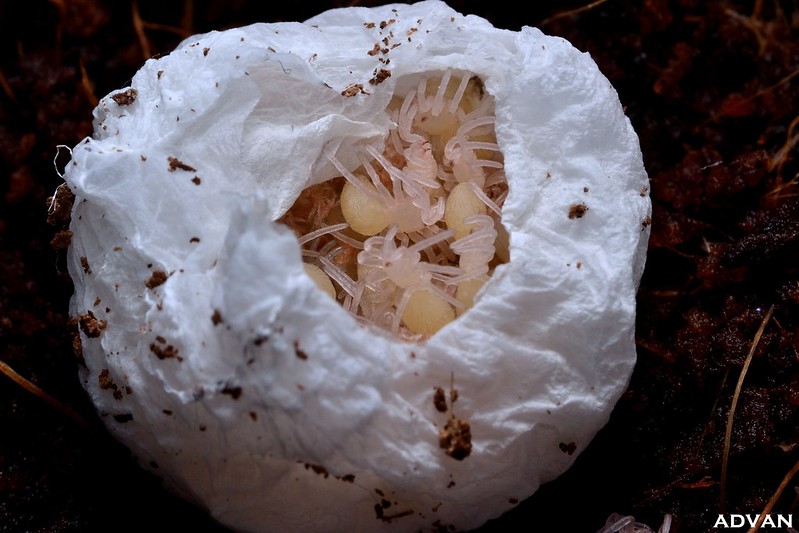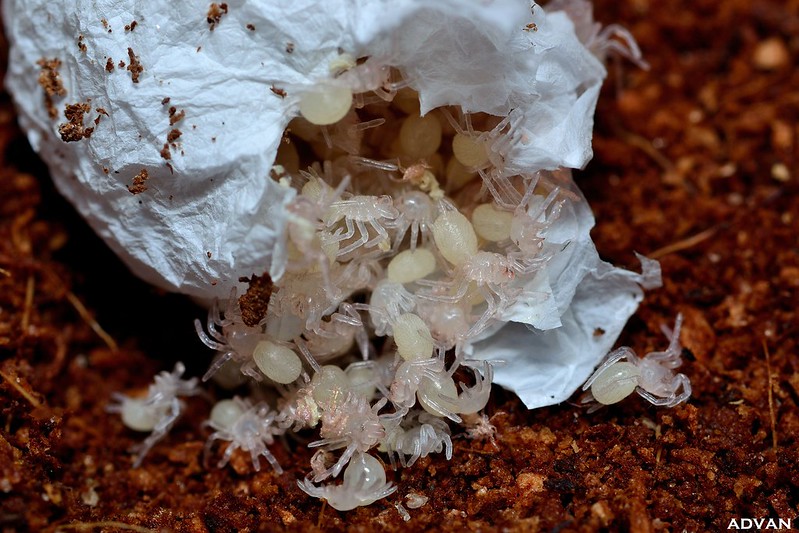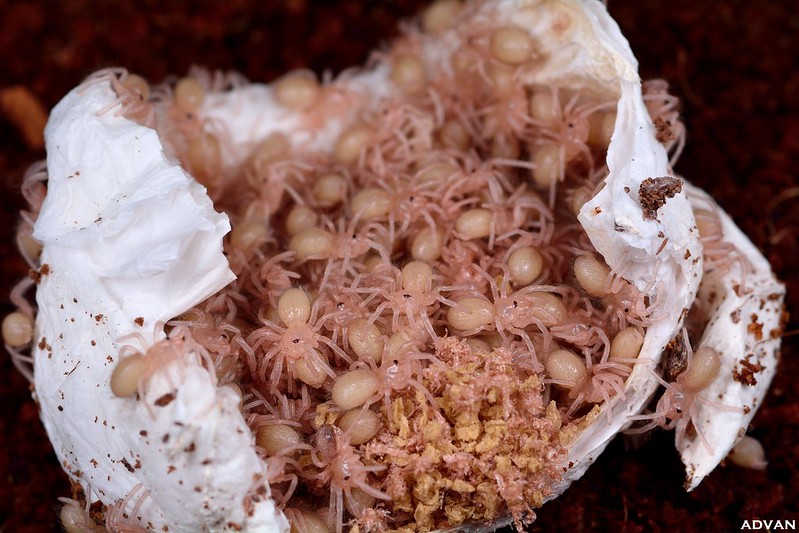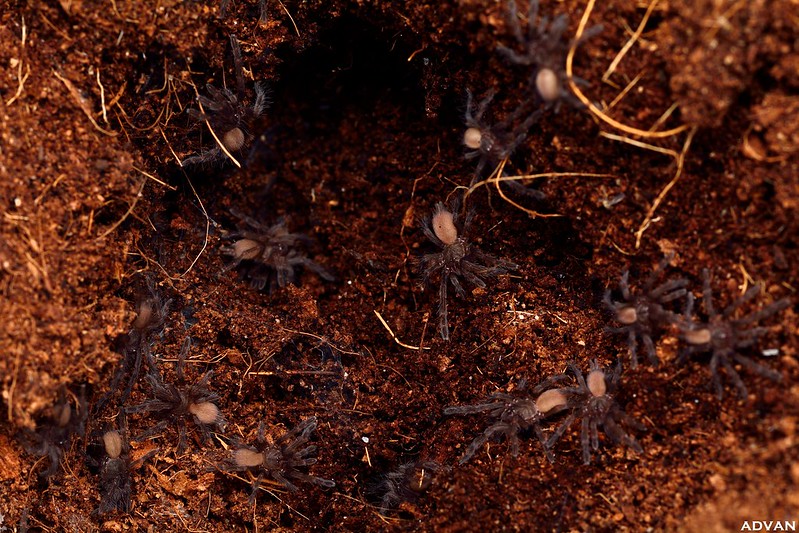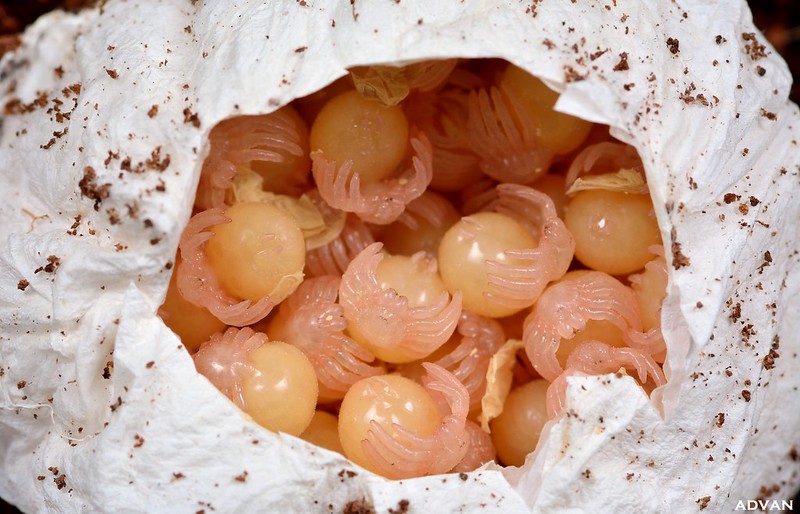- Joined
- Feb 22, 2013
- Messages
- 3,291
Well, cost comes to mind. If someone already owns a male and female of the same sac and are able to breed, that's cheaper than buying it or loaning one.I don't understand on why anyone would even consider inbreeding brother and sister of the same sac when there are enough Poecilotheria metallica that are forsale in different sizes.

